On this page, you will find the best places to buy the cheapest greenhouses and kits, we all cover how to build them. In the end, we will also answer some of the most frequently asked questions regarding greenhouses.

best and cheapest greenhouses (including kits) for sale
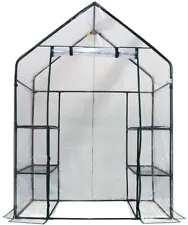
Ogrow Deluxe Walk-In 6-Tier Portable Greenhouse
This greenhouse features a heavy-duty powder-coated steel frame and a reinforced transparent PVC cover that provides maximum sunlight for your plants. It also has six shelves for ample storage and organization.
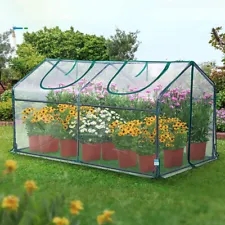
Quictent Portable Greenhouse
This large greenhouse provides ample growing space for a variety of plants and features a powder-coated steel frame and a durable, UV-resistant cover. It also includes multiple doors and windows for ventilation and easy access.
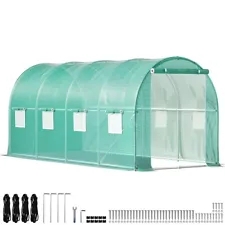
Walk-In Tunnel Greenhouse
This greenhouse is made of durable, weather-resistant material and has a sturdy frame. It also has roll-up windows for ventilation and temperature control.
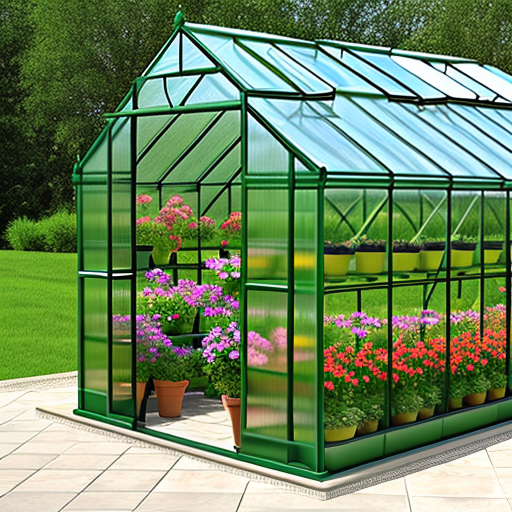
Greenhouse-Store Clear View Greenhouse
This high-end greenhouse has a sturdy aluminum frame and crystal-clear tempered glass panels for maximum light transmission. It also has automated ventilation and shading systems for optimal growing conditions.
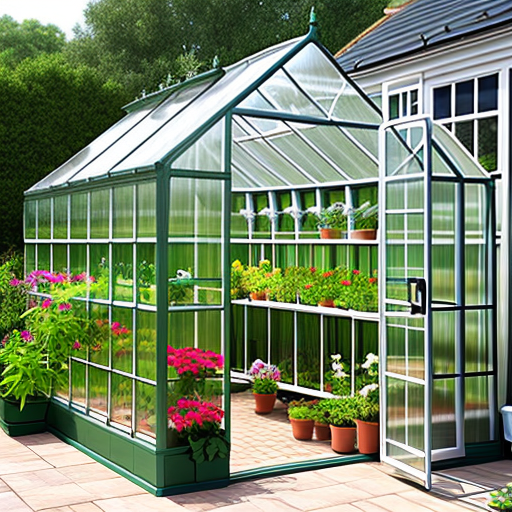
Rion Grand Gardener 2 Clear Greenhouse
This greenhouse features a durable resin frame and clear polycarbonate panels that provide excellent light transmission. It also has roof vents, automatic window openers, and a unique barn-style design that allows for plenty of headroom and growing space.
Also read: HOW TO START HOMESTEADING WITH NO MONEY
How to build the cheapest greenhouse
One of the cheapest ways to build a greenhouse is to use PVC pipes and plastic sheeting. By creating a simple frame using PVC pipes and covering it with plastic sheeting, you can create an effective and affordable greenhouse. Other cost-saving options include using recycled materials or repurposing an existing structure like a shed or old windows.
Here is a list of materials you might need to build a cheap greenhouse using PVC pipes and plastic sheeting:
- PVC pipes
- Connectors (elbows, tees, etc.)
- Plastic sheeting (clear or opaque)
- Scissors or utility knife
- Zip ties or twine
- Clamps or weights
- Wooden stakes (optional for securing the greenhouse)
- Duct tape or electrical tape (optional for reinforcing the connections)
You may also want to consider adding other materials like shelving, flooring, or insulation, depending on your specific needs and budget.
A step-by-step guide to building the greenhouse.
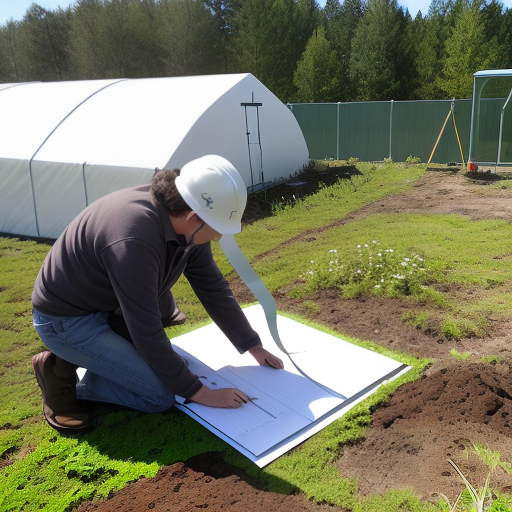
Step 1
Determine the size and shape of your greenhouse. Decide on the length, width, and height that you want your greenhouse to be. Consider how much space you have available and how many plants you want to grow.
Step 2
Cut your PVC pipes to the desired length. Use a saw or PVC pipe cutter to cut the pipes to the correct length for your greenhouse frame. You may need to use connectors like elbows and tees to create corners and joints.
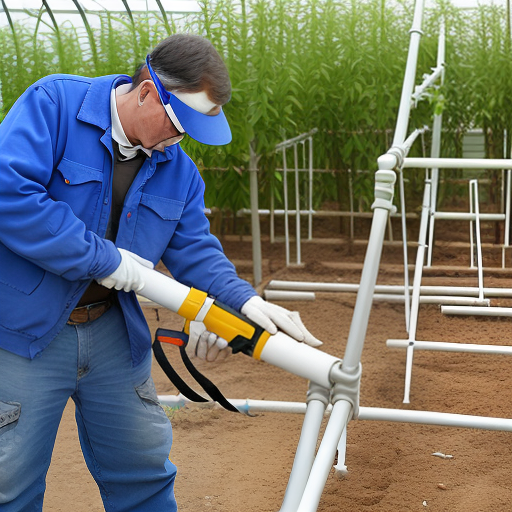
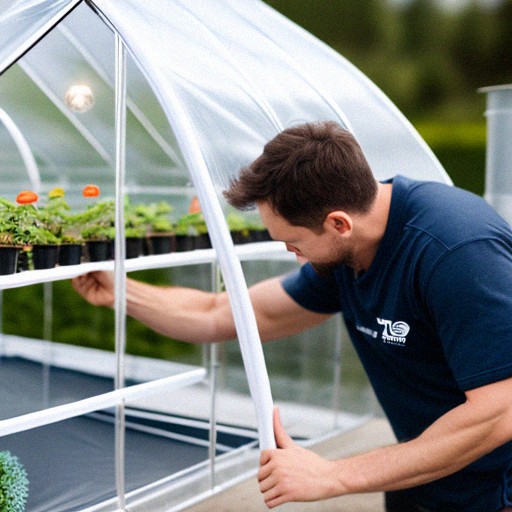
Step 3
Connect the PVC pipes. Assemble the frame of your greenhouse by connecting the PVC pipes with the appropriate connectors. Make sure that the frame is secure and stable.
Step 4
Cut your plastic sheeting to the appropriate size. Measure the length and width of your greenhouse frame and cut your plastic sheeting to the appropriate size. You can use clear or opaque plastic sheeting depending on your preferences.
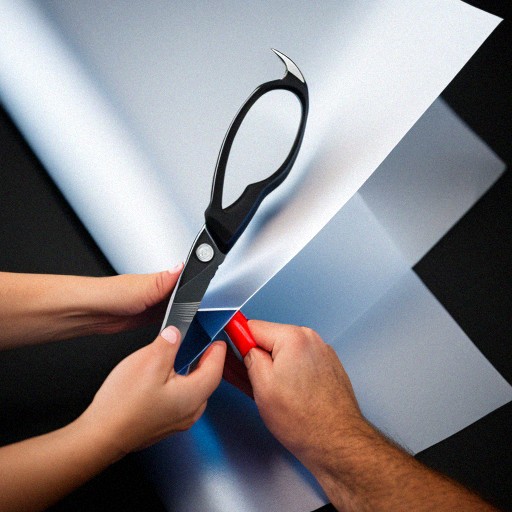
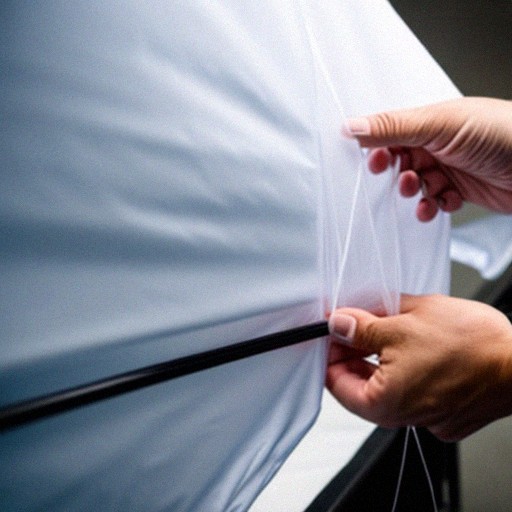
Step 5
Secure the plastic sheeting to the PVC frame. Use zip ties or twine to tie the plastic sheeting to the PVC frame. Make sure that the sheeting is taut and secure. You can also use clamps or weights to hold the plastic sheeting in place.
Step 6 (optional)
Reinforce the connections. If you want to reinforce the connections between the PVC pipes and connectors, you can use duct tape or electrical tape.
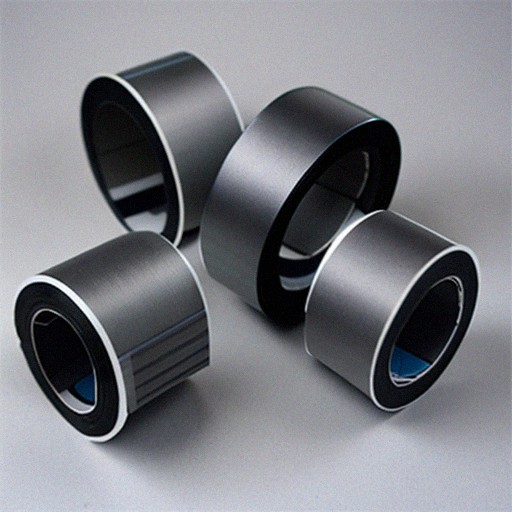
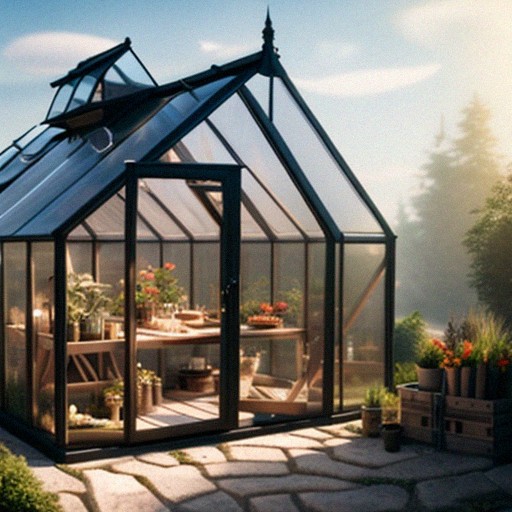
Where can i buy the best small greenhouse kits?
There are many small greenhouse kits available on the market, and the best one for you will depend on your specific needs and preferences.
Here are a few options that we recommond:
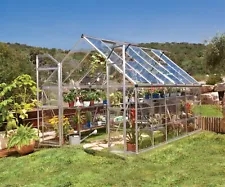
Palram Nature Series Mythos Hobby Greenhouse
This greenhouse is made with a rust-resistant aluminum frame and includes a galvanized steel base for added stability. It features a roof vent for ventilation and comes in a variety of sizes to accommodate different growing needs.
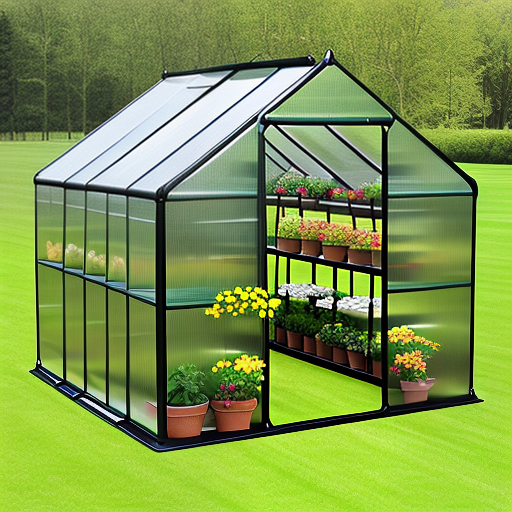
Outsunny Portable Walk-in Garden Greenhouse
This portable greenhouse features a powder-coated steel frame and a durable polyethylene cover. It includes roll-up windows for ventilation and a zippered door for easy access.
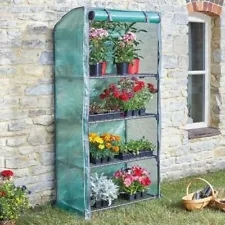
Gardman R687 4-Tier Mini Greenhouse
This compact greenhouse features four shelves for growing and a clear PVC cover for visibility. It’s made with a tubular steel frame and comes with ground stakes for added stability.
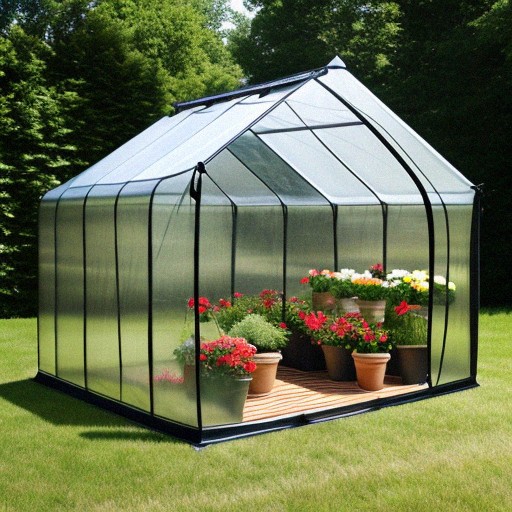
Flower House FHSP300CL SpringHouse Greenhouse
This lightweight greenhouse is easy to assemble and features a clear PVC cover and screened vents for ventilation. It includes a storage bag for easy transport and storage.
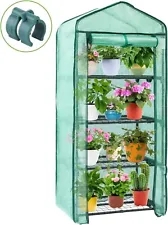
Ohuhu Mini Greenhouse
This affordable mini greenhouse is made with a steel frame and a clear PVC cover. It includes roll-up windows for ventilation and comes in a variety of sizes to suit different needs.
When shopping for a small greenhouse kit, there are a few things to keep in mind. First, consider the size of your space and the number of plants you want to grow. Make sure the kit you choose is appropriately sized for your needs.
Second, look for kits with sturdy frames made of materials like aluminum or steel, which will offer better durability and stability.
Finally, pay attention to the quality of the cover or panels, which should be thick enough to provide adequate insulation and protect your plants from the elements. It’s also a good idea to read reviews and check thr reputation of the manufacturer before making a purchase.
Related:
10 Essential Tips for Creating the Perfect Greenhouse Environment
Whether you are a seasoned gardener or new to greenhouse growing, these 10 greenhouse tips can help you create the perfect growing environment. From choosing the right location and providing adequate ventilation to monitoring temperature and humidity levels, these tips will help you grow healthy plants and prevent common problems like disease and pest infestations. With a little planning and care, your greenhouse can be a productive and enjoyable space for growing a wide range of plants all year round.
- Choose the right location: Select a location that gets plenty of natural light and is protected from strong winds and extreme weather.
- Provide adequate ventilation: Greenhouses need good airflow to prevent overheating and disease buildup, so make sure to install vents or fans.
- Insulate your greenhouse: Proper insulation will help maintain a consistent temperature inside your greenhouse, especially during colder months.
- Use shade cloth: Shade cloth can help protect plants from intense sunlight and reduce the risk of sunburn or heat stress.
- Water plants properly: Overwatering can lead to root rot and other issues, so make sure to water plants only when necessary and avoid getting water on leaves or flowers.
- Monitor temperature and humidity: Use a thermometer and hygrometer to keep track of temperature and humidity levels inside your greenhouse.
- Consider pest control: Pests can quickly infest a greenhouse, so take preventative measures like installing screens or using natural predators like ladybugs.
- Choose the right plants: Select plants that are well-suited to the environment inside your greenhouse, taking into account factors like temperature, light, and humidity.
- Keep your greenhouse clean: Regularly remove debris, dead plant material, and other waste from your greenhouse to prevent disease buildup.
- Invest in quality equipment: Choose sturdy and reliable equipment like heaters, fans, and watering systems to ensure the best results from your greenhouse.
5 Must-Have Tools and Equipment for a Productive Greenhouse
Creating a productive greenhouse environment requires careful planning, attention to detail, and the right tools and equipment. From automatic vent openers and grow lights to irrigation systems and thermometers, these essential items can help you achieve optimal growing conditions for a wide range of plants.
Here is a list of the 5 Must-Have Tools and Equipment for a Productive Greenhouse:
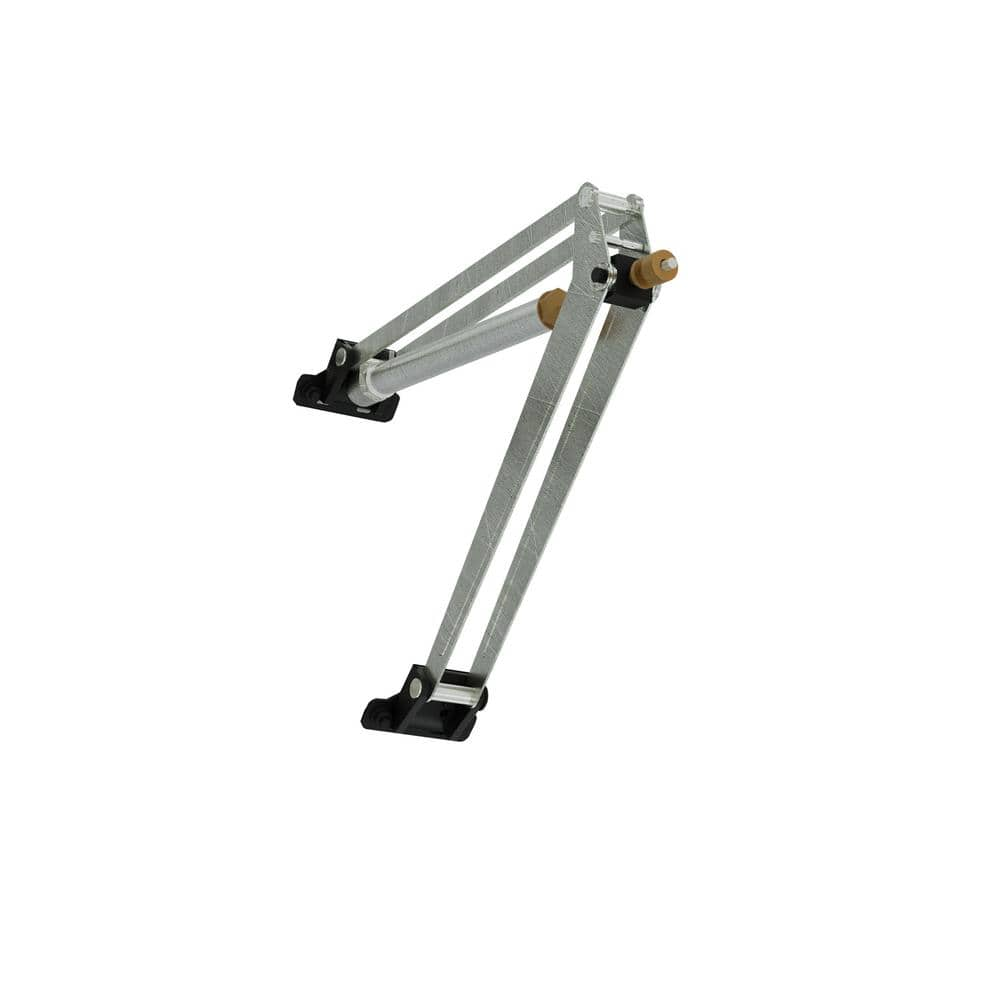
Automatic Vent Openers
These devices open and close vents automatically in response to temperature changes, ensuring adequate airflow and preventing overheating.
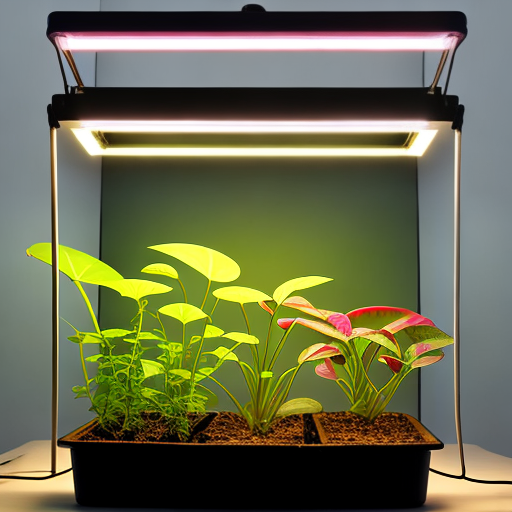
Grow Lights
Grow lights provide supplemental light to plants during the winter months or in areas with limited natural light.
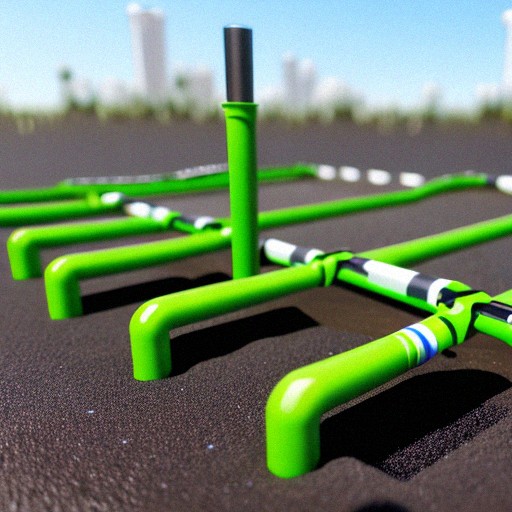
Irrigation Systems
Automatic irrigation systems help ensure consistent watering of plants and can be adjusted to meet the specific needs of different types of plants.
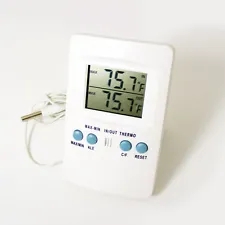
Thermometers and Hygrometers
These devices are essential for monitoring temperature and humidity levels inside the greenhouse, helping to prevent issues like mold, mildew, and plant stress.
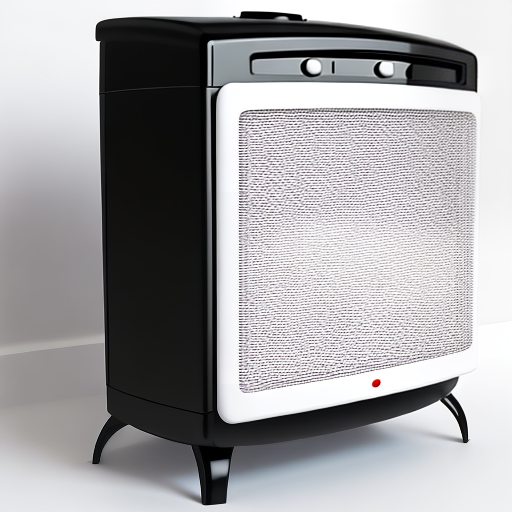
Electric Heaters
Electric heaters can be used to maintain a consistent temperature inside the greenhouse during colder months or in areas with extreme weather.
Also read: HOMESTEADING FOR BEGINNERS: A STEP-BY-STEP GUIDE ON HOW TO START YOUR OWN HOMESTEAD
What is the cheapest way to heat a greenhouse?
One of the cheapest ways to heat a greenhouse is by using passive solar heating techniques. Passive solar heating utilizes the sun’s energy to warm the greenhouse without the need for electricity or fuel. This can be achieved by positioning the greenhouse to face south to maximize sun exposure and incorporating thermal mass materials, such as water barrels or masonry, to absorb and store heat during the day and release it at night.
Another way to reduce heating costs is to insulate the greenhouse with materials such as bubble wrap or thermal blankets to minimize heat loss. Additionally, using a small space heater or a heating mat to provide supplemental heat only when necessary can also be an affordable option.
A cost-effective method to heat your greenhouse, particularly during the summer, is by installing solar panels. A reliable and well-regarded brand for this purpose is Renogy, and you may also consider investing in a battery to store excess energy for use at night or on cloudy days.
Frequently asked questions
Do greenhouses work in winter?
Yes, greenhouses can work in winter with the proper insulation and heating. However, it’s important to choose cold-hardy plants and provide adequate ventilation to prevent issues like mold and mildew.
Are cheap greenhouses worth it?
Cheap greenhouses can be worth it if you have a limited budget or only need a temporary solution. However, they may not be as durable or effective as more expensive models, so it’s important to weigh the costs and benefits and choose a greenhouse that meets your specific needs.
Which greenhouse is most effective?
The most effective greenhouse will depend on your specific needs and growing conditions. Some factors to consider include the size, materials, insulation, ventilation, and heating options. A well-designed and properly maintained greenhouse can be highly effective for growing plants year-round.
Are greenhouses worth the money?
Yes, greenhouses are worth the money if you want to extend your growing season, protect your plants from the elements, and have more control over your growing environment.
What is the best hobby greenhouse size?
The best hobby greenhouse size depends on your needs and available space. A good starting point is a greenhouse that is at least 6 feet wide by 8 feet long, but you may need to go larger or smaller depending on your specific needs.
How do I keep my greenhouse warm at night?
To keep your greenhouse warm at night, you can use a variety of methods such as insulating the greenhouse, using a heater, adding thermal mass, covering plants with frost blankets or cloths, and sealing any drafts or gaps to retain heat.
How can I heat my greenhouse for free?
To heat your greenhouse for free, you can use passive solar heating by strategically placing your greenhouse to receive maximum sun exposure, using thermal mass to absorb and release heat, using composting as a heat source, and utilizing insulating materials to retain heat.
Do you need grow lights in a greenhouse?
The need for grow lights depends on your location and the amount of natural light your greenhouse receives. In some cases, supplemental lighting may be necessary to provide sufficient light for plants, especially during the winter months when daylight is shorter.
Do cheap plastic greenhouses work?
Cheap plastic greenhouses can work for a short period, but they may not be as durable or provide the same level of protection as more expensive models. They are generally better suited for temporary or seasonal use rather than as a long-term solution.
What materials are needed to build a DIY greenhouse?
To build a DIY greenhouse, materials such as PVC pipes, connectors, plastic sheeting, clamps or weights, and wooden stakes may be required. However, the exact materials needed will depend on the size and type of greenhouse being built.
How much does it cost to build a DIY greenhouse?
The cost of building a DIY greenhouse will vary depending on the size, materials used, and any additional features such as shelving, insulation, or an automatic vent opener. However, by using cost-saving options such as recycled materials or repurposing an existing structure, it is possible to build an affordable greenhouse.
What are the best plants to grow in a DIY greenhouse?
The best plants to grow in a DIY greenhouse will depend on various factors such as climate, sunlight exposure, and personal preference. However, popular options include tomatoes, cucumbers, peppers, and herbs.
What is the best location for a DIY greenhouse?
The best location for a DIY greenhouse is one that receives adequate sunlight exposure and is protected from harsh winds or extreme weather conditions. The greenhouse should also be placed on a level surface and away from any potential hazards such as falling tree branches or power lines.
How do I ensure proper ventilation in a DIY greenhouse?
Proper ventilation is crucial for a DIY greenhouse to prevent excess heat and humidity buildup, which can be harmful to plants. This can be achieved through the use of automatic vent openers, fans, or by manually opening windows or doors to allow fresh air to circulate.
Conclusion
Thank you for reading our post on the cheapest greenhouses and how to build them. When deciding whether to buy or build a greenhouse, it’s important to consider factors such as location, size, and materials to ensure optimal growing conditions for your plants. By doing so, you can create a budget-friendly setup that will provide fresh produce year-round and extend your growing season. We hope that our tips and insights will help you make an informed decision about the best approach for your needs. Thank you again for choosing to read our blog on the cheapest greenhouses!
Was this post useful? Do you still have questions? Please let us know in the comments.


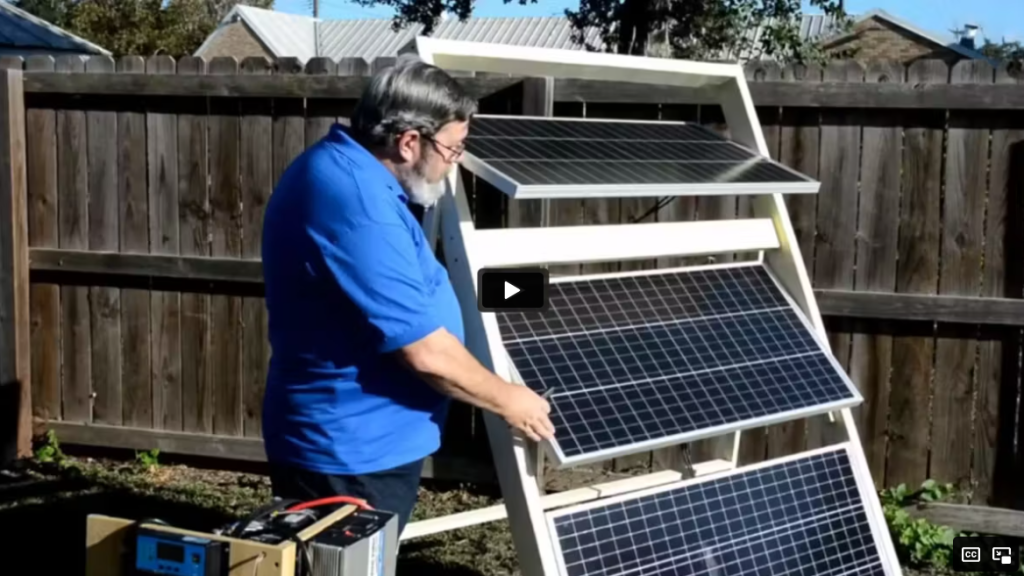
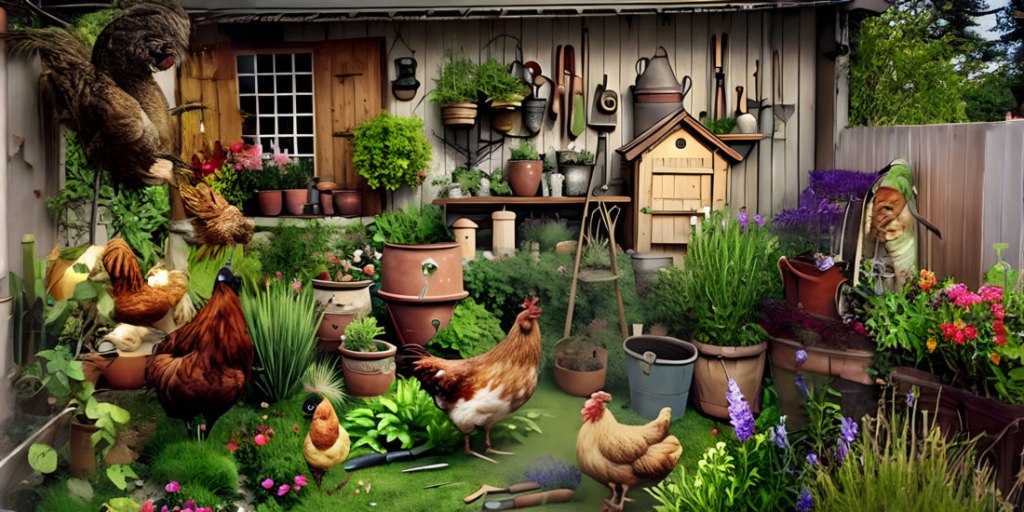

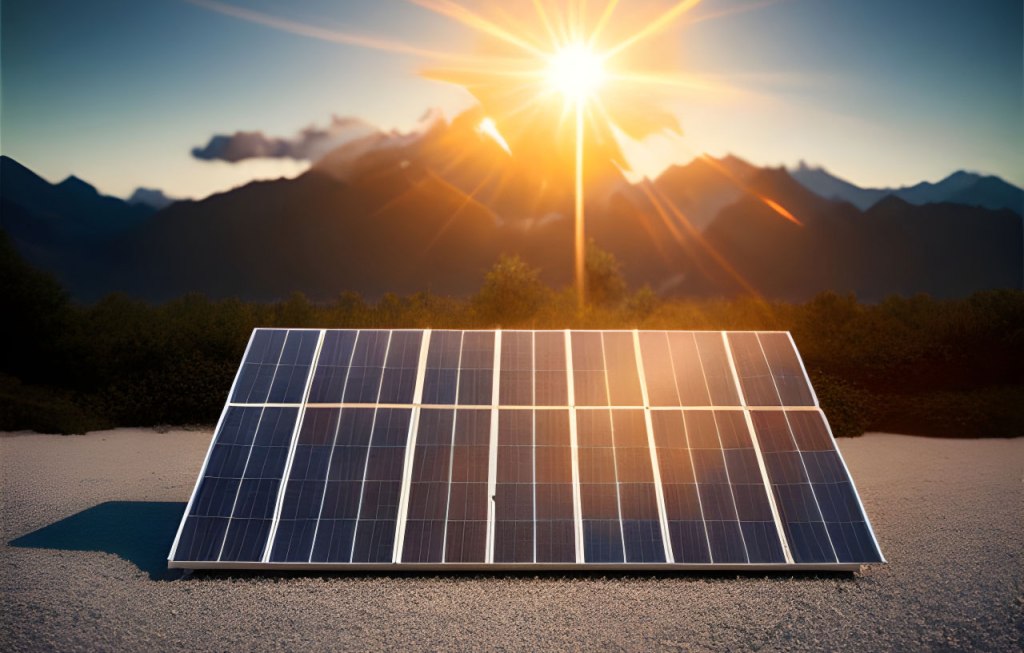



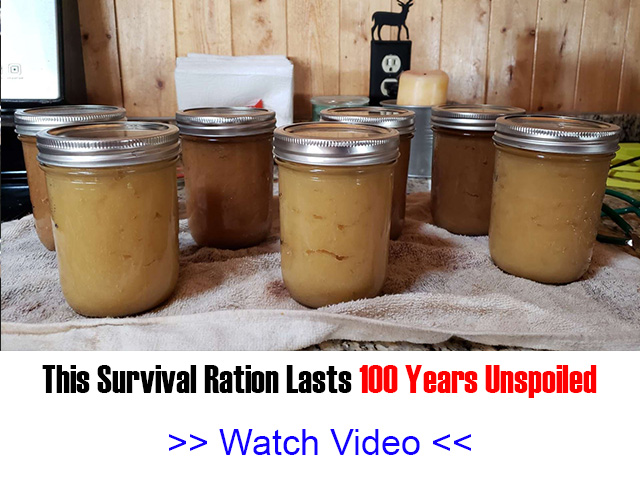
Leave a comment